As outdoor enthusiasts brave the elements,the tools they choose to accompany them can make or break an adventure. When it comes to harnessing technology in nature, the stakes are even higher—especially in cold weather conditions, where battery life becomes a critical factor. In this article, we delve into the world of outdoor tech that’s actually worth the weight, honing in on the devices that not only survive the chill but thrive in it. Through rigorous battery life testing, we’ll explore which gadgets rise to the occasion, proving their reliability in the face of frosty temperatures. Join us as we assess the performance of various outdoor tech innovations and help you equip yourself for your next winter expedition with confidence and clarity.
Exploring the Impact of Cold Temperatures on Battery Performance
Cold temperatures substantially influence the performance and longevity of batteries, making outdoor adventures in winter a real challenge for tech enthusiasts. Lithium-ion batteries, commonly found in smartphones, tablets, and other portable gadgets, suffer from reduced efficiency in frigid conditions. As temperatures drop, the chemical reactions inside the battery slow down, leading to diminished capacity and quicker depletion. Users may notice that their devices, which woudl typically last all day, might only hold a charge for a fraction of that time when subjected to freezing environments.
Understanding how cold affects energy storage is crucial for anyone relying on outdoor tech. Here are some effects to consider:
- Reduced Capacity: Batteries can lose up to 50% of their rated capacity in extreme cold.
- Increased Internal Resistance: Colder temperatures raise resistance levels, causing batteries to struggle to deliver power.
- potential for Damage: Rapid discharges and recharges can cause permanent damage in freezing temperatures.
To illustrate these impacts clearly, consider the following table detailing performance benchmarks of lithium-ion batteries at various temperatures:
| Temperature (°F) | Battery capacity (% of rated) | Notes |
|---|---|---|
| 70 | 100 | Optimal performance |
| 32 | 85 | Noticeable capacity loss |
| 0 | 50 | Notable performance drop |
| -20 | 30 | Critical loss; potential damage |

Essential Features to Consider for Winter Outdoor Gadgets
When seeking out outdoor gadgets that can withstand the harsh winter elements, it’s crucial to focus on features that enhance durability and performance. Look for devices that boast weather-resistant designs, ensuring they can handle snow, rain, and extreme temperatures without malfunctioning. Additionally, robust battery life is non-negotiable; consider gadgets equipped with lithium-ion batteries or those specifically designed for low-temperature operation. Ensure compatibility with various charging methods, like solar or hand-crank options, which can be lifesavers during long excursions.
Another key aspect is usability in extreme conditions. Devices with glove-friendly interfaces allow for easy operation without exposing bare skin to the cold. Moreover, optics play a significant role—choose gadgets that offer enhanced visibility features, such as high-contrast screens or built-in LED lighting for navigation during blizzards. To visualize the differences between available options, refer to the table below, which encapsulates essential features of popular winter outdoor gadgets:
| Gadget | weather Resistance | Battery Type | Usability Features |
|---|---|---|---|
| Portable Charger | IP68 Waterproof | Lithium-ion | LED Indicator |
| Smart Thermometer | Shockproof | Rechargeable | Glove-Compatible Display |
| Hand Warmers | Waterproof | Long-lasting Battery | Fast Heat-Up |

Top Tested Devices That Excel in Harsh Conditions
When the temperatures plummet and the elements turn fierce, it’s essential to rely on gear that can withstand the rigors of the great outdoors. Devices like the Garmin inReach Mini 2 provide not just a robust design but are built for communication in remote areas. This compact satellite communicator packs a punch with features like 240-hour battery life in tracking mode, ensuring you can send SOS messages even in the harshest conditions. Other standout contenders include the BioLite CampStove 2, which transforms heat from a fire into electricity, allowing you to charge your devices while cooking a hot meal, all while resisting the cold and wet habitat.
in addition to reliability, the performance of these devices in severe weather is critical. The YOUMAKE Solar Charger excels with its rugged design that can endure heavy rain and drops, ensuring power on the go. This charger features 4 solar panels to capture every bit of available sunlight and dual USB ports for charging multiple devices concurrently. Below is a quick comparison of top devices that excel in harsh conditions:
| Device | Battery Life (Cold Weather) | Key Feature |
|---|---|---|
| Garmin inReach mini 2 | 240 hours (tracking mode) | Satellite communication |
| BioLite CampStove 2 | Up to 20 hours (battery) | Charge via fire |
| YOUMAKE Solar Charger | Varies (solar dependent) | Rugged, waterproof |

Maximizing Battery Life: Tips for Cold Weather Usage
Cold weather can be a battery’s worst enemy, draining power faster than usual and perhaps leaving you stranded without your essential devices. To ensure your gadgets keep running when the temperature drops, consider these effective strategies. First, keep devices warm by storing them close to your body when you’re not using them. Additionally, reduce screen brightness and close unnecessary apps to decrease power consumption. Activate power-saving modes wherever possible; most devices come with built-in options to extend battery life in challenging conditions.
Another key factor in managing your battery life is to take advantage of external power sources. Invest in a high-capacity portable charger that’s specifically designed to work in cold weather.Make sure to regularly check and maintain your battery health—recharge lithium-ion batteries only when they drop below 20% but avoid letting them fall to critical levels repeatedly. monitor the weather conditions, and if an extended freeze is expected, consider keeping a back-up battery system in a warmer place to allow for easy access. Here’s a quick reference table to help show the impact of temperature on battery performance:
| Temperature (°F) | Expected Battery Life (%) |
|---|---|
| 60°F | 100% |
| 32°F | 70% |
| 0°F | 40% |
| -20°F | 10% |
Key Takeaways
As we wrap up our exploration of outdoor tech that stands resilient against biting cold and unpredictable conditions, it becomes clear that not all gear is created equal. Battery life is a critical factor when venturing into the frosty terrain, and our testing has illuminated the products that truly deliver when the temperatures drop.
Investing in gear that can withstand the chill while keeping you connected or entertained is not just a convenience—it’s a necessity for any outdoor enthusiast. The devices and accessories we’ve highlighted demonstrate that innovation is capable of overcoming even the harshest elements, allowing you to focus on the adventure ahead.
As you prepare for your next expedition, remember that while weight matters, reliability matters more. Choose wisely, for each ounce you carry should not only serve its purpose but also enhance your experience in the great outdoors. Here’s to many frostbitten adventures with tech that won’t let you down! Safe travels, and may your batteries last as long as your spirit of exploration.



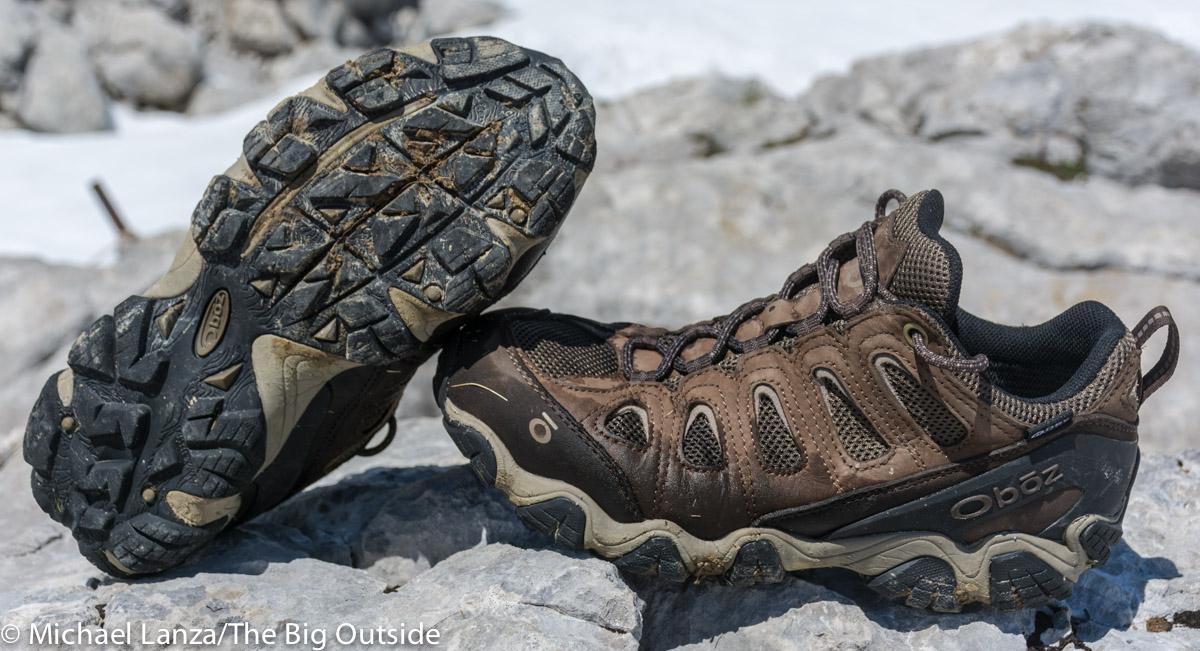
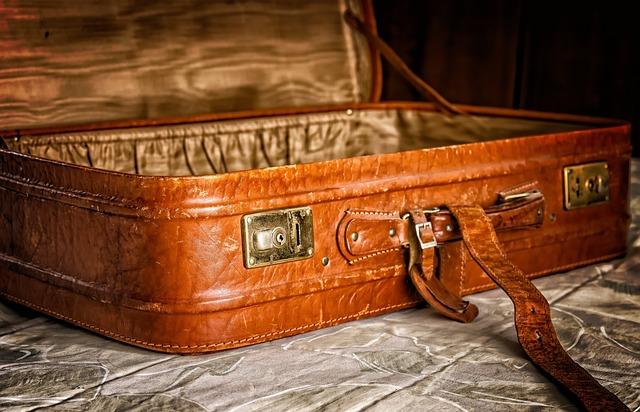
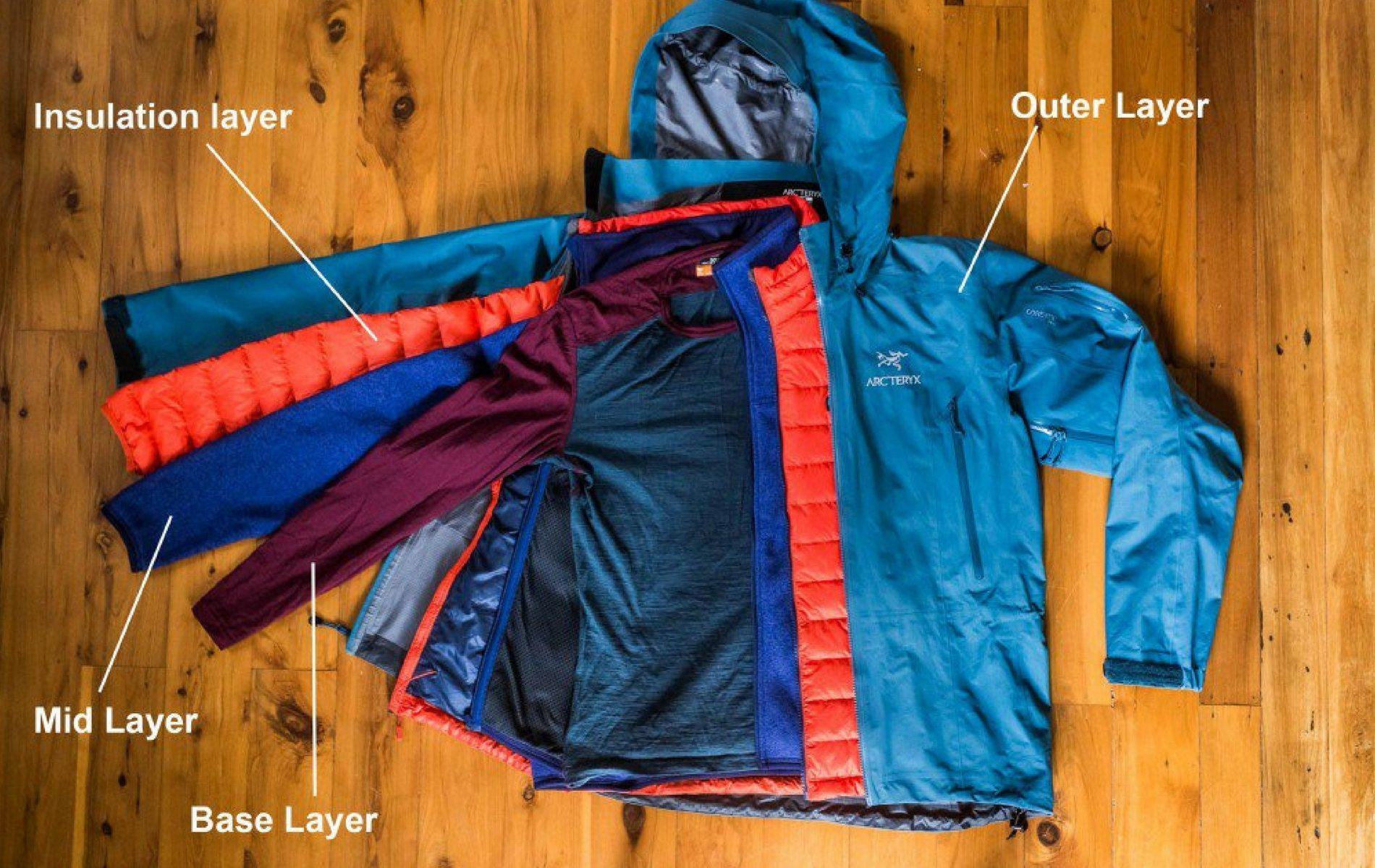
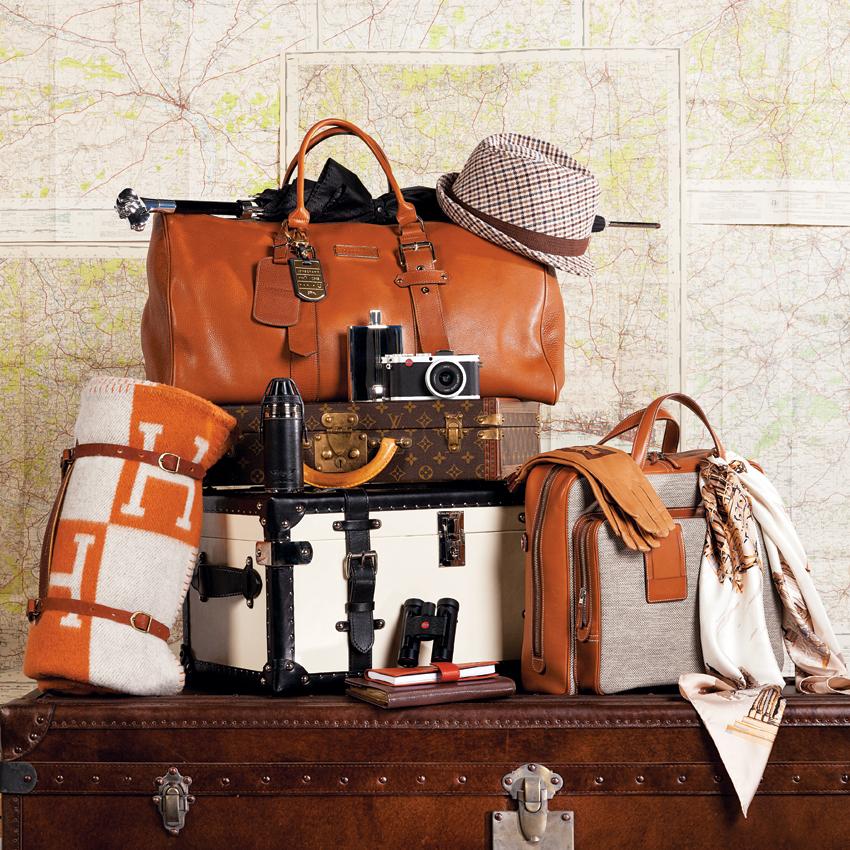



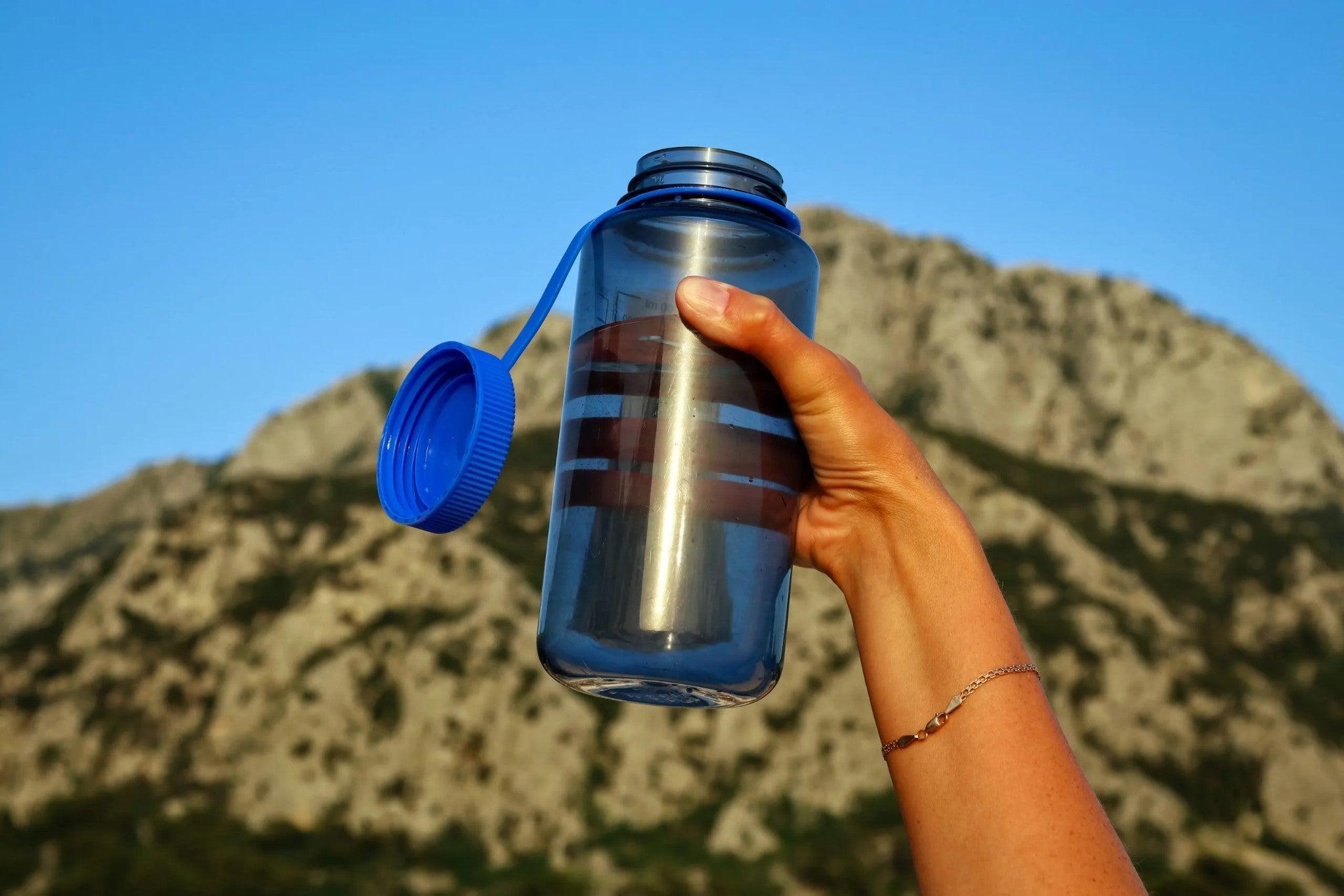

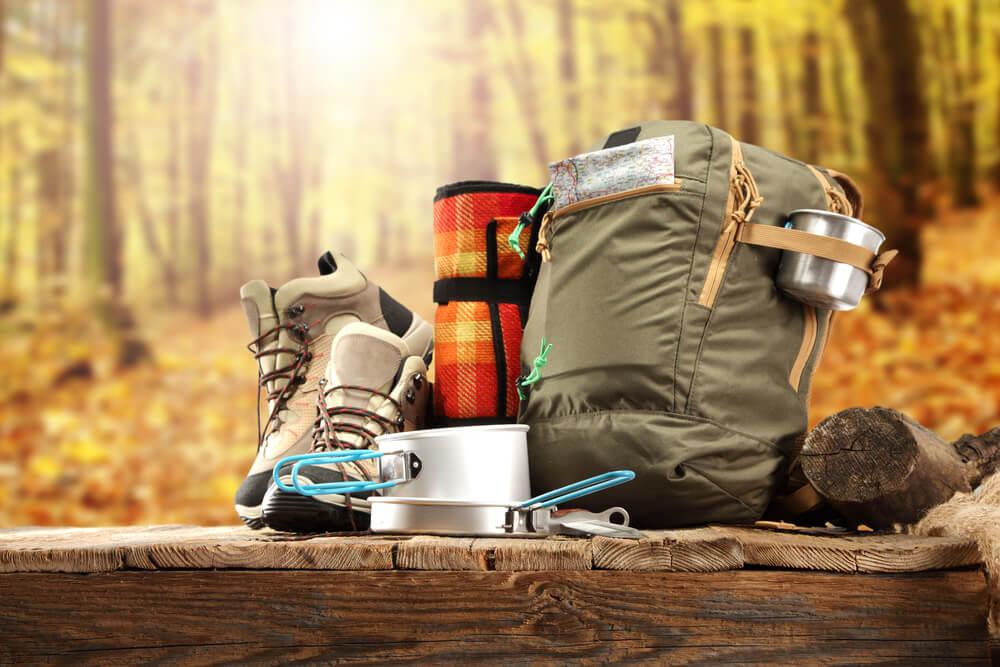

Leave feedback about this